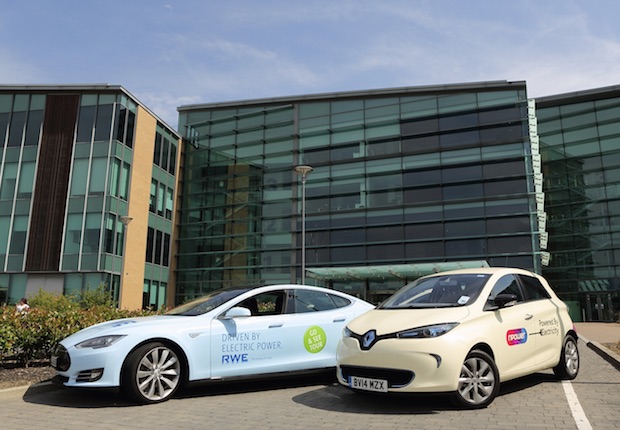
Energy firm RWE NPower soft-launched its flexible benefits scheme in November 2013 as part of its work on its employee proposition.
The organisation was aware that it needed to increase engagement among existing employees and give a more compelling proposition to attract new talent into the business. Reward was part of this development. Claire Tunbridge, reward manager, says: “The particular challenge we had was to enhance the benefits package and perception and appreciation among employees, without increasing cost.”
The organisation already had a number of fragmented voluntary benefits that were managed separately. “We felt we had very low employee awareness of those existing benefits,” says Tunbridge. “We had to duplicate communications, when we spoke about the benefits it was very disjointed and the administration was very labour-intensive. Introducing flex gave us an opportunity, we felt, to better position what we had already, to give employees a full picture of what they had already.”
The scheme, provided by Edenred, is available to RWE NPower’s 10,000 UK employees. An online platform allows employees to access their flex accounts from anywhere. This is important because a lot of employees, such as meter readers or renewable engineers, are not office based. “One of the challenges when we looked to do a flex scheme in the past was that all of our employees would be able to engage with it in an effective way,” says Tunbridge.
The scheme has achieved part of what it set out to by increasing engagement and awareness among employees. “We’ve seen some big improvements in employees’ perception of the benefits, even if they choose not to take some of the benefits that are available. For some people, it’s not for them, but we’ve had comments that say it’s great to see all these things that the [organisation] is making available.”
Now approaching its third annual enrolment, RWE NPower is drawing on the data it has gleaned in the scheme in order to shape its future provision. “As the scheme has matured, we’ve gone to the data more because we’ve started to develop an understanding of the types of profile of employees that we have around the business, and which particular benefits they are interested in and how to target those,” explains Tunbridge. “We’re being much more targeted about knowing which types of employees generally will choose certain benefits or are really engaged with the scheme.”